In today's digital age, there are more opportunities than ever to start your own business. One of the most popular ways to do this is by creating and selling digital products. Digital products are easy to create, distribute, and sell, and they can be a great way to earn extra income or even build a full-time business.
This blog post will discuss 18 of the best digital product side hustles that you can start today. These ideas are effective to get started with, and they offer a variety of potential income streams.
What is a Digital Product Side Hustle?
A digital product side hustle involves creating and selling intangible products online, such as e-books, courses, printables, software, or digital art as a part-time job that a person does as well as their regular job.
Unlike physical products, digital products can be easily distributed to customers worldwide with minimal overhead costs, making them an appealing option for side income. These products are often delivered automatically through online platforms, allowing creators to earn passive income.
The beauty of a digital product side hustle is its scalability—once the product is created, it can be sold repeatedly without additional production or shipping costs. It's an ideal way for people to leverage their skills, knowledge, or creativity while building an online business.
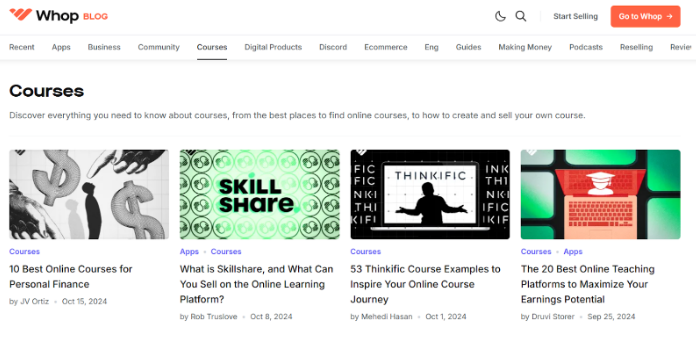
The Key Benefits of A Digital Product Side Hustle
Starting a digital product side hustle offers a range of benefits that can be incredibly rewarding for entrepreneurs. Here are five key benefits to consider:
Low Startup Costs: Unlike physical products, digital products often come with minimal upfront costs. You don’t need inventory, packaging, or shipping. Once created, a digital product can be sold repeatedly without any additional investment in production or materials, making it an affordable entry point for new side hustlers.
Scalability: Digital products are highly scalable. Once a product is created, it can be sold to an unlimited number of customers without needing to worry about production limits. Whether you're selling an e-book, a course, or software, the cost to serve additional customers is almost negligible, meaning the more you sell, the more profitable your business becomes.
Passive Income Potential: With digital products, there’s a high potential for passive income. After the initial creation and setup (such as automating sales through an e-commerce platform or setting up a marketing funnel), you can generate income on autopilot. This allows you to earn money even when you’re not actively working on your side hustle.
Global Reach: Digital products are not limited by geography. You can sell to anyone, anywhere in the world, which expands your potential customer base exponentially. Whether you're creating a niche product or something that appeals to a broad audience, the global market is at your fingertips, allowing for greater exposure and sales.
Flexibility and Freedom: A digital product side hustle offers a high degree of flexibility. You can work from anywhere, at any time, as long as you have an internet connection. This flexibility makes it easier to balance your side hustle with other responsibilities, whether you’re working full-time or managing family commitments.
A digital product side hustle can be a great way to build an income stream with low barriers to entry, high scalability, and significant flexibility.
Top 8 Digital Products Side Hustle to Start Your Own Business
Creating and selling digital products has become an attractive option for entrepreneurs. The low startup costs, scalability, and potential for passive income make it an appealing avenue for those looking to start their own business. Here’s a detailed look at the top 8 digital products you can create and sell to kickstart your entrepreneurial journey.
1. E-Books
E-books are a cornerstone of the digital product landscape. They’re versatile, accessible, and cater to various audiences. From self-help guides to niche technical manuals or fiction, e-books can be tailored to meet specific market demands. Platforms like Amazon Kindle Direct Publishing make it easy to publish and distribute globally, bypassing traditional publishing hurdles.
For example, "How to Cake It" offers digital cookbooks alongside their physical products, providing users with a seamless, interactive experience. To differentiate your e-book, focus on a unique selling proposition (USP) like in-depth insights, exclusive techniques, or your expertise. Including high-quality visuals, downloadable resources, and interactive elements can further enhance the user experience.

2. Online Courses
The e-learning industry is booming, with millions seeking to upskill or learn new hobbies. Online courses are an excellent medium for sharing your expertise in a structured, monetized format. Platforms like Udemy, Teachable, or Thinkific allow you to design, host, and sell courses easily.
When designing your course, prioritize learner outcomes by asking: What specific skills or knowledge will participants gain? Include quizzes, assignments, and real-world applications to make learning interactive and valuable.
Consider offering a tiered pricing model with bonus materials or access to a private community for premium customers to further drive engagement and revenue.
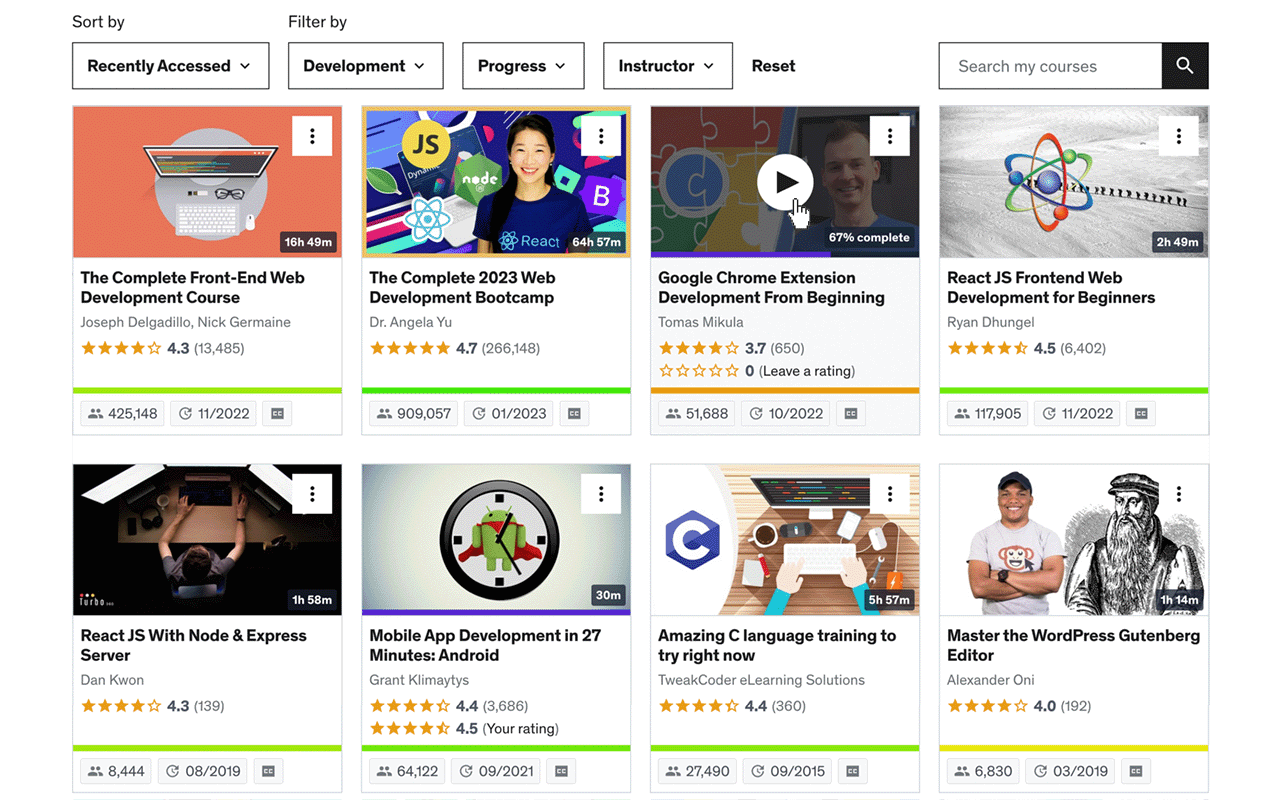
3. Digital Templates
Templates offer ready-made solutions to common needs, making them highly desirable. Whether for resumes, business plans, social media posts, or graphic design projects, digital templates save users time and effort. Tools like Canva and Adobe Illustrator empower creators to design polished, customizable templates that can be sold repeatedly with minimal effort.
For example, RetroSupply Co. sells brushes, textures, and templates for designers, demonstrating how tailored products can attract specific professional audiences. To maximize success, identify a target market and their pain points—then create templates that address those needs. Regularly update your templates to reflect evolving trends and user preferences.

4. Stock Photos and Videos
The demand for high-quality stock photos and videos has surged as businesses and creators look for professional visuals to enhance their content. If you’re a skilled photographer or videographer, selling stock imagery can be a lucrative venture. Platforms like Shutterstock, Adobe Stock, and Getty Images provide marketplaces to showcase and monetize your work.
Niche-focused platforms like EditStock, which licenses footage for student projects, highlight the potential of catering to specific audiences. To stand out, focus on unique themes, diverse representations, and high production quality. Using watermarks and licensing agreements protects your work while ensuring proper attribution and revenue.
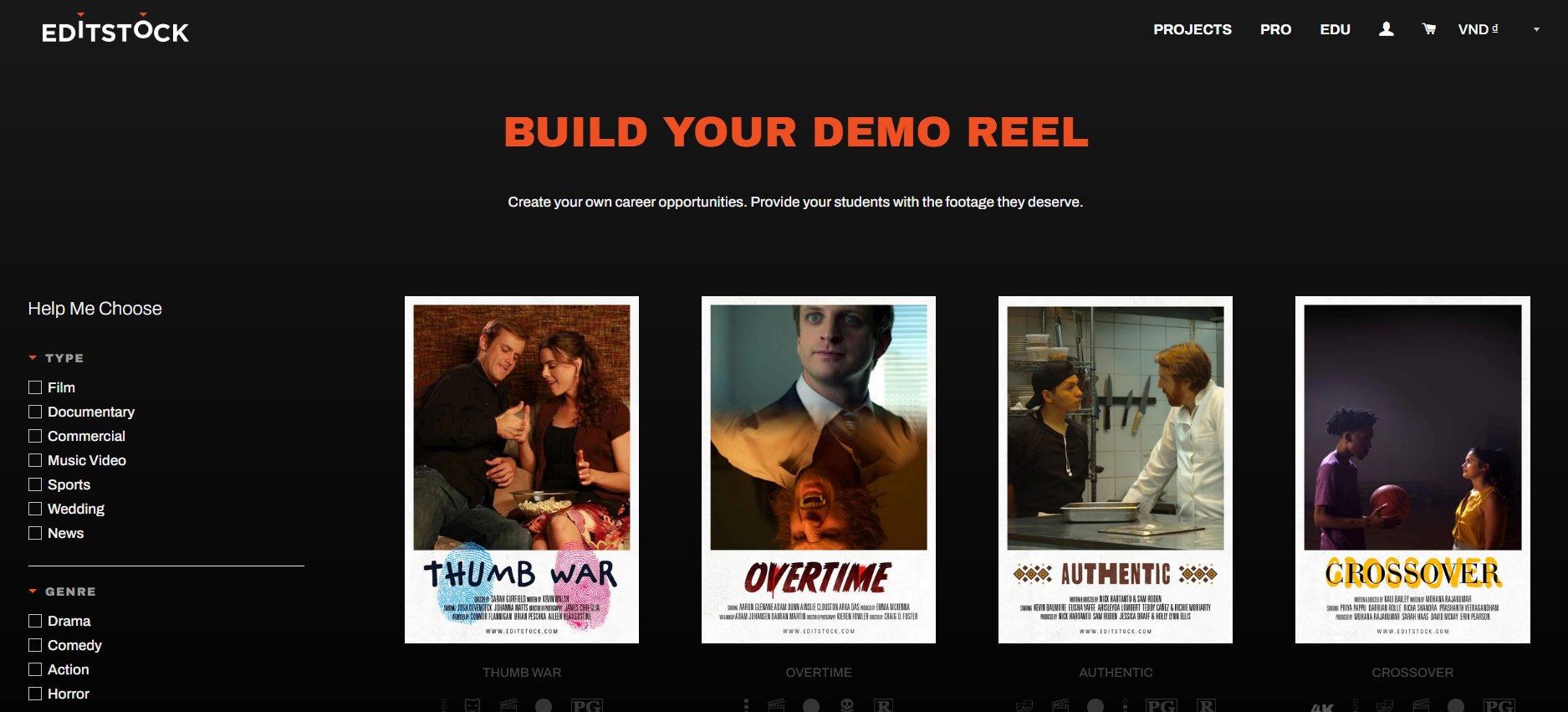
5. Membership Sites
Membership sites create a consistent revenue stream while building a loyal community. By offering exclusive content—such as tutorials, downloadable resources, forums, or live events—you can provide ongoing value to subscribers. Platforms like Patreon and MemberPress simplify membership management and delivery.
Snowboard Addiction provides a great example by combining physical products with premium educational content. To replicate this success, focus on fostering a sense of exclusivity and engagement. Consider hosting Q&A sessions, live workshops, or providing early access to new offerings to keep your members invested.
6. Audio Products (Podcasts and Music)
Audio products, from music tracks to podcasts, are versatile and widely consumed. Podcasts, in particular, offer an opportunity to monetize through sponsorships, listener subscriptions, or ad revenue. Platforms like Spotify, SoundCloud, and Apple Podcasts simplify distribution.
Materia Collective’s digital sheet music for video game soundtracks showcases how catering to niche interests can lead to success. If you’re creating music, consider licensing tracks for commercial use or selling exclusive bundles to fans. Podcasts benefit from high-quality production and consistent release schedules to grow a loyal listener base.
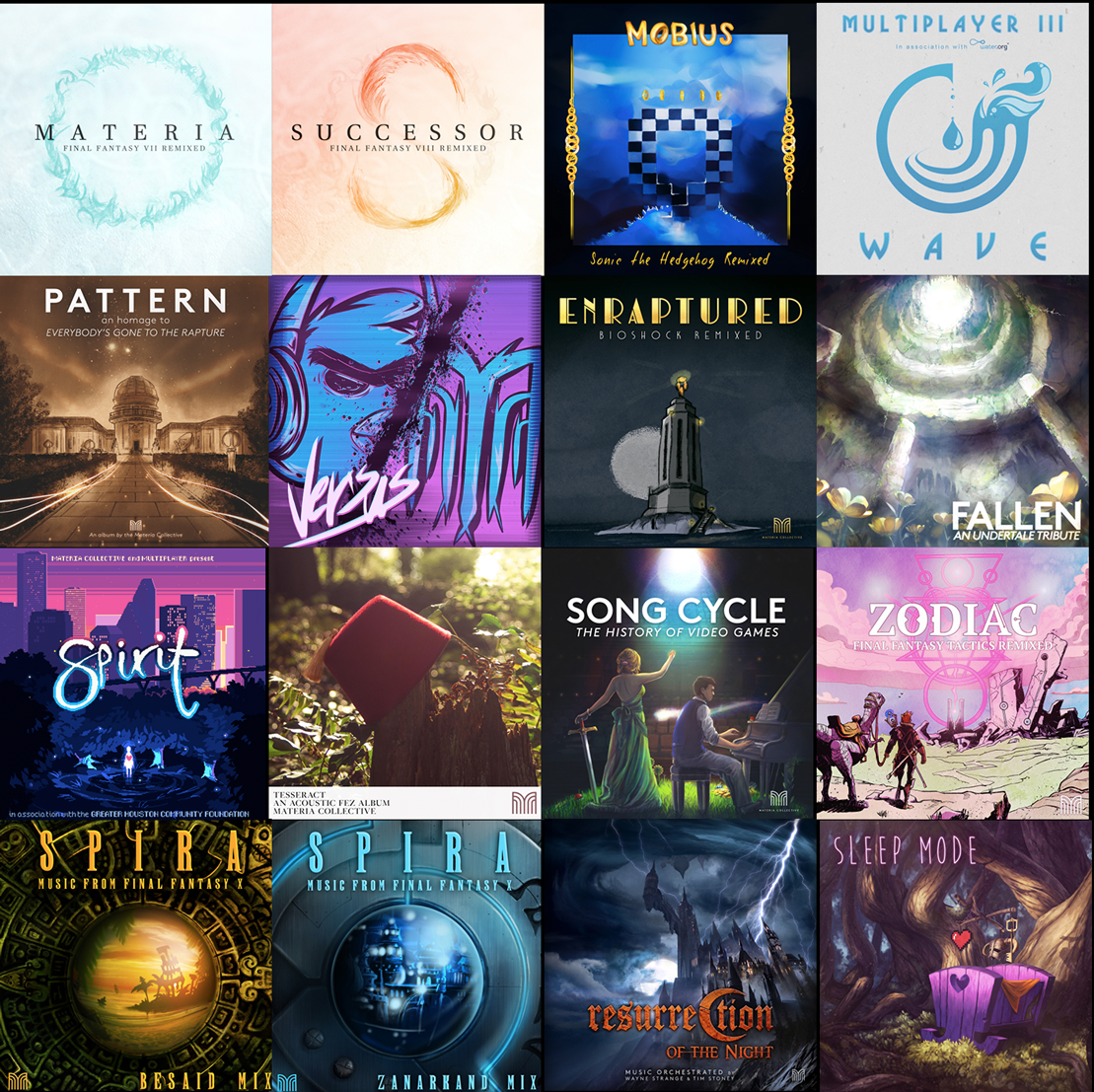
7. Mobile Apps
Mobile apps solve problems, entertain, and provide utility, making them a powerful digital product. If you possess coding skills or can collaborate with a developer, apps present a scalable business opportunity. Popular categories include productivity tools, fitness trackers, language learning platforms, and gaming apps.
To succeed, identify a gap in the market or improve upon existing solutions. For instance, apps that integrate personalization, gamification, or AI-driven features often attract and retain users. Test extensively and gather user feedback to refine functionality and user experience.
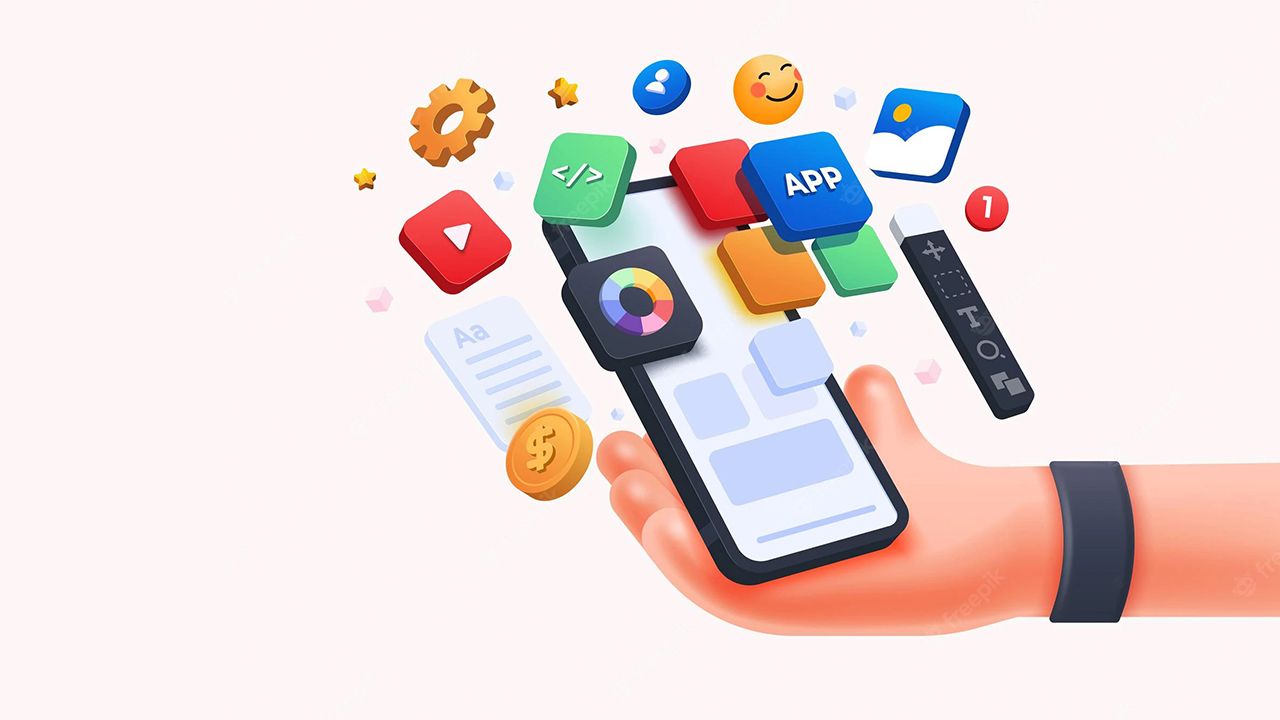
8. Printables
Printables are simple yet effective digital products. From planners, calendars, and habit trackers to coloring pages and educational worksheets, they cater to diverse audiences. Etsy is a thriving marketplace for selling printables, offering creators a direct line to engaged customers.
Caravan, for example, sells coloring posters as downloadable files or shipped prints, demonstrating how printables can cater to both digital and physical preferences. To excel, focus on aesthetics, usability, and trends in your chosen niche. For instance, minimalist designs often appeal to productivity enthusiasts, while vibrant themes attract creative audiences.

FAQs about Digital Product Side Hustles
1. How do I market my digital products effectively?
To market digital products, you'll need to build an online presence. Create a website, set up social media channels, and establish an email list. Leverage content marketing like blogs, YouTube videos, or podcasts to provide value and draw traffic. Use paid advertising (Facebook, Instagram ads) and offer limited-time promotions or discounts to incentivize early buyers.
2. What are common mistakes to avoid when starting a digital product side hustle?
- Not validating the product: Don’t create something without confirming there’s a demand for it. Test your ideas with surveys or small test batches before scaling up.
- Overcomplicating the process: Focus on creating a simple, high-quality product rather than overloading it with features.
- Ignoring customer feedback: Always listen to your customers. They’ll provide insights for improvement.
- Underpricing: Undervaluing your product can hurt long-term profitability and hurt your brand image.
3. Is it possible to sell digital products without having a website?
Yes, it is possible. A website is not always necessary to sell digital products. You can list your products on third-party platforms and marketplaces, where customers can find and purchase them. Additionally, social media platforms offer in-app marketplaces, and you can promote your products organically on your social media pages to drive sales.
4. Should I offer my digital product as a one-time purchase or as a subscription?
It depends on the type of product. For instance, if you’re selling an eBook or a one-off downloadable product, a one-time purchase is ideal. However, if you offer content like a course with continuous updates, templates, or an ongoing service, a subscription model might be more profitable in the long run. Subscriptions provide predictable, recurring revenue.
WRAP UP
Digital product side hustles are an excellent way to generate passive income, express creativity, and build something scalable. From selling eBooks and online courses to templates and digital art, these ventures offer low overhead costs and a global reach. While they require an upfront investment of time and effort to create, they can generate ongoing income with minimal maintenance. Success hinges on identifying a niche audience, solving a specific problem, and delivering high-quality products. By focusing on value, marketing effectively, and refining offerings based on feedback, a digital product side hustle can grow into a significant and sustainable income stream with dedication and consistency.
💡 How to Sell Digital Product on Shopify: A Step-by-step Guide

